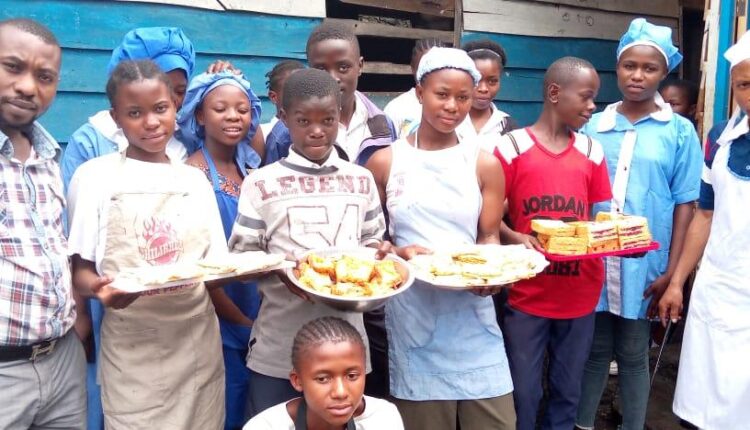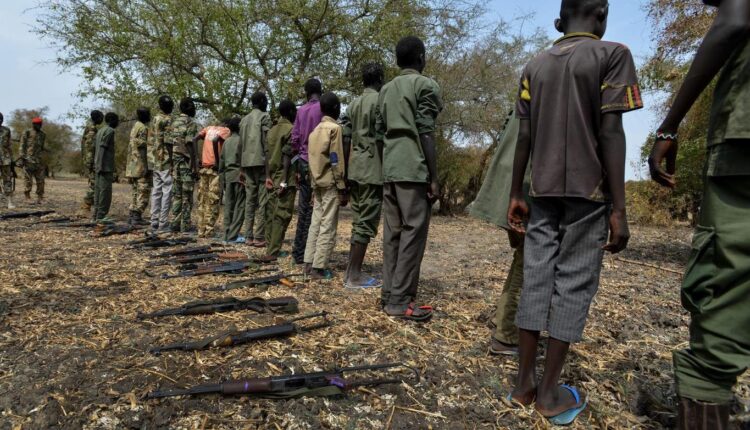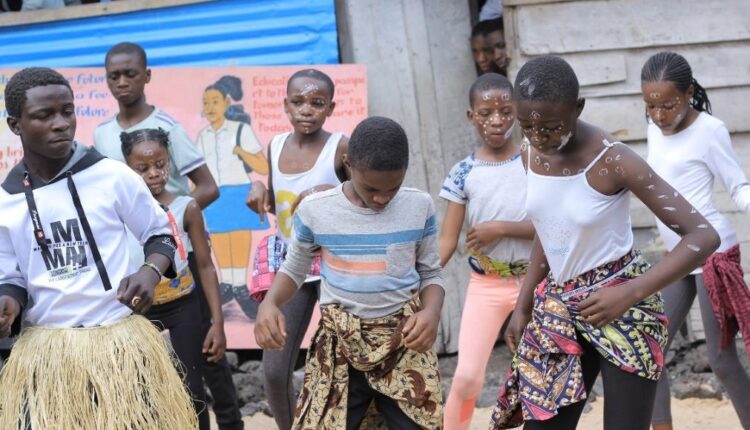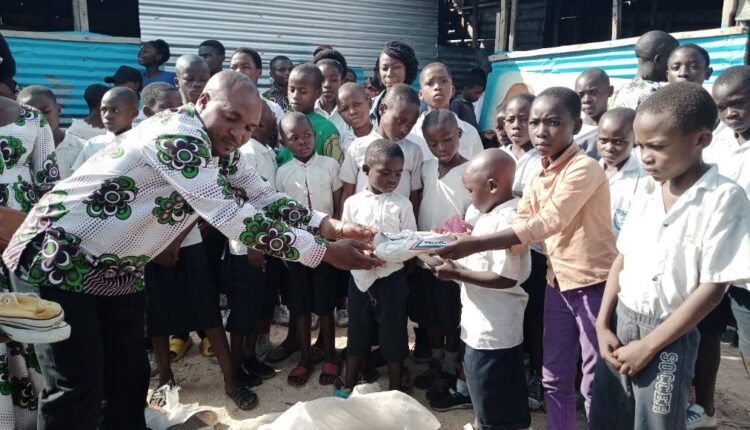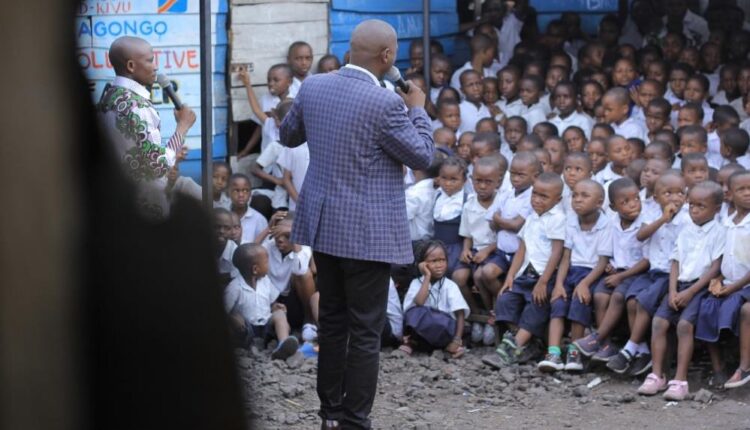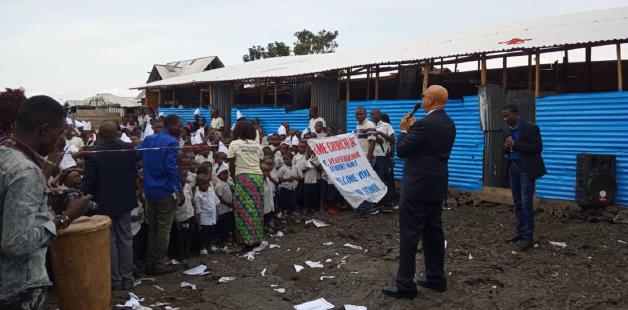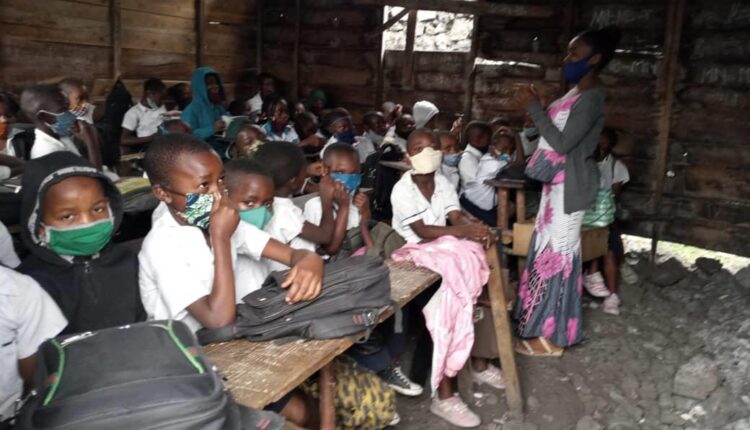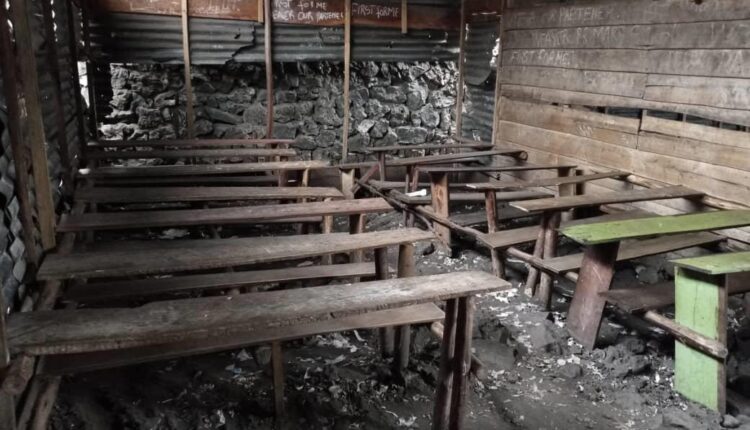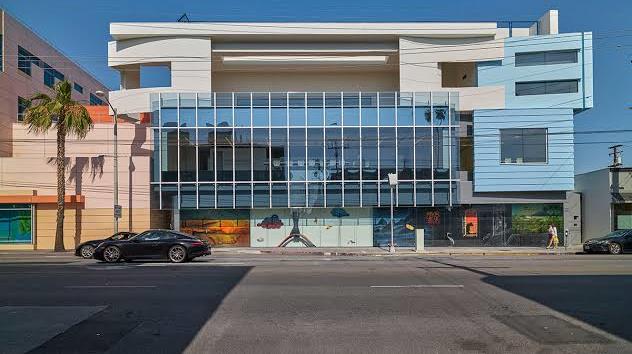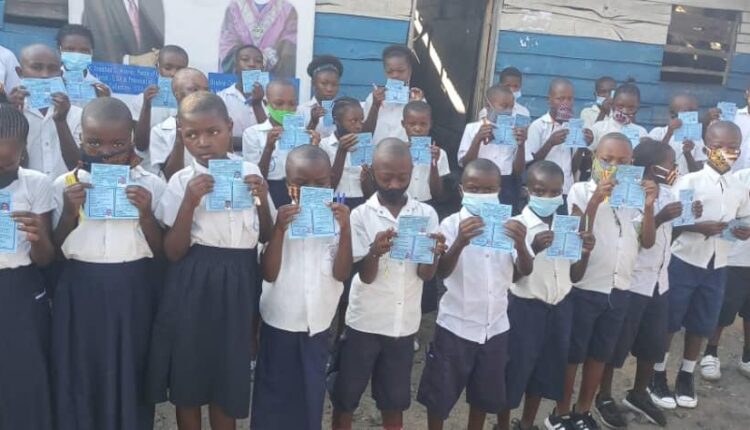“Education is a basic human right, and our mission, together with the government, is to act now and deliver the right of everyone to a free, quality, public education at Weaver School. It is easier to build strong children than to repair broken men and women.” — Rev. Dr. Jonathan Weaver, President of Pan African Collective, USA
The Weaver School was born out of Impact Missions of the African Methodist Episcopal Church (A.M.E) in Goma in the Democratic Republic of Congo (D.R.C.). The missionaries were led by Rev. Dr. Jonathan Weaver of the Pan-African Collective. They also provided humanitarian aid to vulnerable A.M.E Church members such as widows, orphans, the elderly, and the most destitute church members. At the same time, they organized gospel revival outreaches in all the A.M.E Churches in Goma – Congo, and different public places in Goma city.
The school obtained the license to operate from the government in 2015 and started with 85 less-privileged students. They now number 1,260 in 2022 academic year records.

The Weaver School Student Demography
The school made it a point to look out for and admit the most vulnerable children such as orphans, street children, homeless children, children born out of rape, and abandoned children while fleeing calamities in their respective villages.
- Thirty percent (30%) of the Weaver School students are orphans, whose parents died during conflicts, wars, or died of diseases. They become street children and homeless once they reach Goma, the Capital City of the North Kivu Province, where they hope to be safe.
- They no longer hope for a bright future; life becomes bitter for them. Life conditions and the atrocities they have experienced make them feel vulnerable, or completely lose hope for the future. Education becomes a dream for them. They believe that education is only for wealthy people. Therefore, food is the only thing they need to survive.
- Some lucky children live in host families, who, also live on less than a dollar per day. They do not afford school supplies such as uniforms, shoes, notebooks, pens, rulers, etc.
It is hoped that the efforts of the school will help to:
- Fight against the illiteracy of children
- Decrease the number of street children
- Offer equal chance of access to quality education thus, diminishing marginalization within the community.
- Groom Conscious leaders: train future leaders who will consciously contribute to the development of the D.R.C.
- Prepare the children for the Job Market leading them to be independent in the future
Impact over the years
The Weaver School has made a remarkable impact in Goma. Children who were unable to go to school gained access to quality education at no cost. Through the school’s programs, students are given handy skills to provide them with means of livelihood after school. A few of the programs are named below:
- Entrepreneurship and Employment Access. Twelfth graders start their small businesses right after obtaining their National Diploma to become self-reliant. Some of them become teachers, and entrepreneurs by making soap, doughnuts, and others work as Chefs in different restaurants.
- Increase in Literacy. Children can now read and write. Sixth graders have passed the National Exams to have access to the secondary school for the last five years of the school’s existence.
- Fight against Precocious Marriages. The school has prevented young girls from having early marriages. According to some cultures, here in D.R. Congo, a 14-year-old girl is already supposed to get married if she is not in school. This issue makes so many girls feel vulnerable and victims of early pregnancies leading to maternal deaths.
- Promotion of Cohabitation & Peace. The Weaver School has contributed to the promotion of cohabitation and peace among the students. Children from different cultural backgrounds, tribes and ethnic groups come together in the same classrooms.
The school’s efforts have been seen and recognized by many with Ambassador Hammer, Special Envoy for the Horn of Africa visiting. The school has also received Matthew William Long, Chief, Eastern Congo Unit, U.S. Embassy Kinshasa. There have been zoom sessions with Rev. Danielle Hipkins to celebrate International Women’s Day and teacher training and empowerment zoom sessions with Linda Thornton.
Hurdles in the way of increasing impact
With a growing need to help many more underprivileged children, the old wooden structures that could hold about 100 students will not suffice. At the moment, the school faces:
Poor learning conditions. The conditions are quite precarious as the school operates on a rented property (16 classrooms) with stony floors and old (broken) benches; The classrooms are very small to fit a large number of children: over 70 children sit in a 3-meter-square room.
High Vulnerability of Students.
Students come to school barefoot and with torn school uniforms.
- Those who have some shoes are also in trouble because their shoes do not last for long.
- Students come to school hungry. The economic status of the parents does not allow them to eat in the morning. After deep conversations with them, we found out that most of them eat only once a day or nothing at all. They only eat at night making it difficult to concentrate in the classroom.
- The hungry students could fall asleep during class, and this affected their academic performance negatively.
- Most of the students do not have school supplies such as notebooks, pens, backpacks, pencils, etc.). In December 2021, the Pan African Collective provided school items to 150 students, around 1/6 of the current students. It was so challenging in the distribution process because almost all the students needed assistance. However, we selected the most of the most vulnerable among the students
These among many others are faced by the school. With help from benevolent persons across the globe, we are hopeful to be able to mitigate the situation.
[HELP THE WEAVER SCHOOL BY REACHING OUT TO REV. DR. JONATHAN WEAVER @ jonathanwea@gmail.com AND ON +1 (301) 502-8747]
There is hope and room to do more
The future is bright with determination to look past the challenges and see what is possible. The Weaver school hopes to, soon, buy a piece of land to begin a school facility construction, integrate ICT into the school’s curriculum and obtain school buses.
The choice to do right is one we should all lean towards. Let’s help the Weaver school to continuously give hope to children in Goma, Congo.


